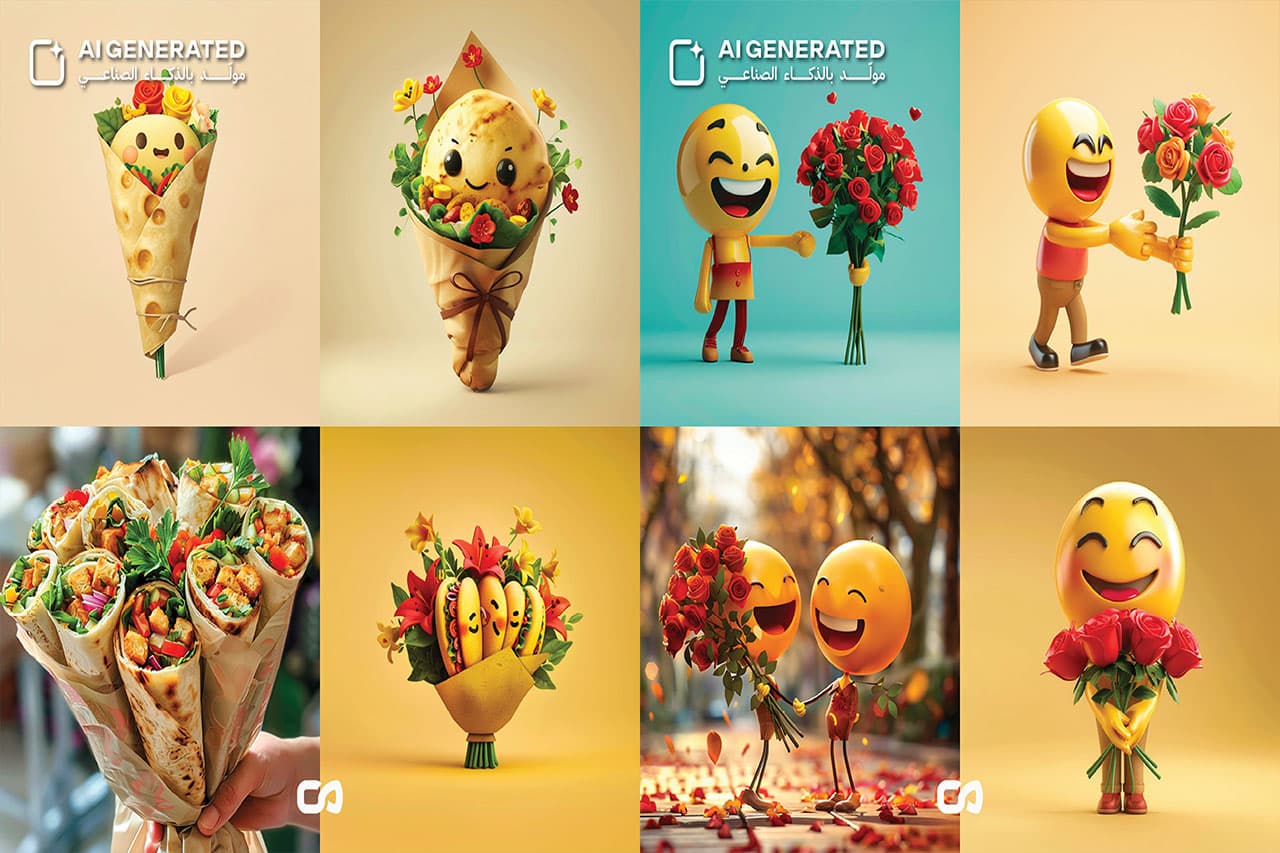
AI-generated images… technological innovations
AI-generated images are among the most impactful technological innovations in the fields of design.
art, and technology in recent years. This technology relies on complex algorithms and neural.
networks to generate new images or modify existing ones based on given inputs.
With the advancement of artificial intelligence, these images have become integral.
to various industries such as marketing, gaming, and digital arts.
Definition of AI-Generated Images
- AI-generated images are created using deep learning algorithms and artificial neural networks.
- These algorithms learn from vast amounts of visual data (such as images and videos) to generate.
- new images that share characteristics with the images they were trained on, or to modify existing.
- images in a way that appears natural or creative.
How AI Works in Image Generation
Deep Learning:
- AI in image generation relies on deep learning,.
- a technique used to build multi-layered neural networks capable of processing.
- data similarly to the human brain.
Generative Adversarial Networks (GANs):
- GANs are among the most common tools in image generation.
- They consist of two models: the generator, which attempts to create new images, and.
- the discriminator, which tries to distinguish between real and generated images. The generator learns from its mistakes until it produces images that the discriminator finds difficult to identify as fake.
Pretrained Generative Models:
- These models are trained on large datasets such as ImageNet and are then.
- used to generate high-quality images by refining or enhancing existing ones.
Practical Applications of AI-Generated Images
- Digital Art: AI is used to create new digital artworks or modify existing ones, opening new doors for creativity.
- Marketing and Advertising: Companies can use AI-generated images to create customized and unique visual content tailored to their marketing campaigns.
- Gaming and Entertainment: This technology is used to create virtual worlds and characters, enhancing the gaming experience and creating realistic or imaginative environments.
- Medicine and Diagnostics: AI-generated images are used in developing diagnostic tools based on medical imaging, improving image quality or generating new images to assist doctors in diagnosing conditions.
- Architecture and Interior Design: Architects and designers can use this technology to generate interior or architectural designs based on client preferences or to reimagine spaces.
Challenges and Risks Associated with AI-Generated Images
- Ethics and Intellectual Property:
There is considerable debate around intellectual property rights for AI-generated images.
as well as concerns about the use of these images in unethical or illegal contexts.
- Manipulation of Information:
AI can be used to generate misleading or fake images (Deepfakes) for malicious purposes
such as defamation or media deception.
- Technical Challenges:
Despite significant advancements, generating high-resolution and realistic images still
faces challenges like understanding fine details and visual complexities.
- Dehumanization of Creativity:
As companies and artists increasingly rely on AI, there are concerns that this technology may dehumanize creativity and reduce the uniqueness and human touch in artistic work.
Examples of AI-Generated Image Use
- DeepArt: An application that uses AI to transform ordinary images into artworks
that mimic the styles of famous artists like Van Gogh and Picasso.
- This Person Does Not Exist:
A website that uses GANs to generate images of people who do not exist.
and these images appear entirely realistic.
- DALL·E:
An advanced model from OpenAI that can create images from textual descriptions.
allowing users to generate custom images based on precise textual inputs.
Future Trends:
Improving Realism:
- The future of AI in image generation focuses on enhancing
- the realism of generated images, with companies and developers aiming to create models.
- capable of producing images indistinguishable from real ones.
Integration with Augmented Reality (AR) and Virtual Reality (VR):
- AI-generated images can play a crucial role in enhancing AR and VR experiences.
- by creating interactive visual environments.
Unsupervised Learning:
- This trend aims to develop AI models that can learn from data.
- without requiring extensive human supervision, opening new possibilities in image generation.
- AI-generated images are one of the most significant technological shifts transforming how.
- we interact with images and digital arts. While this technology opens new avenues for creativity.
- it also poses ethical and technical challenges that require careful consideration.
- As AI continues to evolve, AI-generated images are expected to become more accurate and realistic.
- making them an indispensable tool across various industries.
 العربية
العربية




